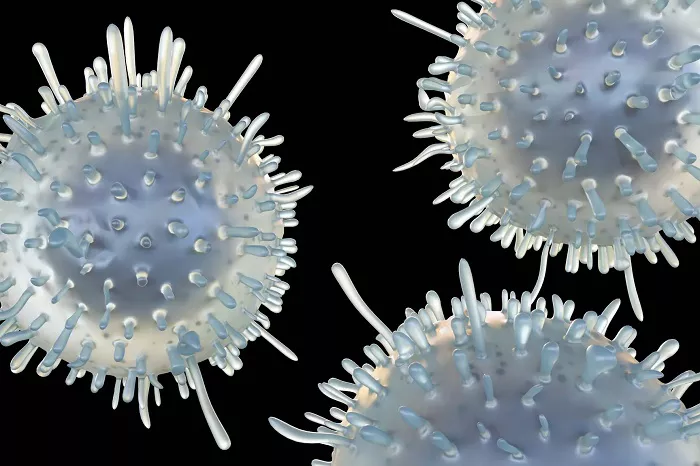Around 1.7 million adults in the United States live with type 1 diabetes (T1D), a chronic condition where the pancreas cannot produce enough insulin, leading to high blood sugar levels. T1D is an autoimmune disease where the immune system mistakenly attacks insulin-producing cells in the pancreas. Now, researchers at Cardiff University in Wales have discovered a potential trigger for this attack: a rogue immune response to bacteria in people with a specific genetic marker.
The study, published in the Journal of Clinical Investigation, found that in individuals with a genetic variant called HLA A*24:02, certain bacterial proteins can trick the immune system into attacking insulin-producing cells. This happens because the bacterial proteins resemble proteins found in these pancreatic cells, leading to a case of mistaken identity.
How the Immune System Goes Rogue
The research builds on earlier findings that immune cells called killer T-cells play a key role in destroying insulin-producing cells. These cells normally hunt for foreign proteins, such as those from viruses or bacteria, and eliminate infected cells. However, in people with T1D, killer T-cells mistakenly target pancreatic beta cells, which produce insulin.
Lead researcher Andrew Sewell, Ph.D., explains that infections have long been suspected of triggering autoimmune diseases like T1D. “The killer T-cells meant to destroy infected cells end up attacking beta cells instead,” he says. The new study identified a specific bacterial protein that binds to the HLA A*24:02 molecule, mimicking insulin proteins and fooling the immune system.
Using advanced techniques like X-ray crystallography, the team found that the bacterial proteins closely resembled parts of the insulin protein. This “molecular mimicry” causes the immune system to generate killer T-cells that attack insulin-producing cells. This pattern was observed in all T1D patients with the HLA A*24:02 variant.
Genetic Risk and T1D
While genetics play a significant role in T1D risk, only a small percentage of people with the HLA A24:02 variant develop the disease. Dr. Jacqueline Lonier, an assistant professor at Columbia University, notes that having a first-degree relative with T1D increases the risk 15-fold. However, most people with HLA A24:02 or other risk variants do not develop T1D.
Sewell emphasizes that multiple genetic and environmental factors must align for T1D to occur. “Even with risk-associated genes, it takes the right infection and the wrong T-cell response to trigger the disease,” he says.
Implications for Future Treatment
The findings could lead to earlier diagnosis and better management of T1D. Currently, symptoms only appear after most beta cells are destroyed. Early detection could help preserve remaining cells and improve outcomes. In the long term, understanding the role of killer T-cells might pave the way for therapies that neutralize these cells, potentially curing the disease.
While this research is still in its early stages, it offers hope for new approaches to T1D care. “Understanding the mechanism behind the disease is crucial for developing prevention strategies and improving diagnosis,” says Sewell.
Related topics:
- New Study Finds Many People With Diabetes Are Lacking Vitamin D And Magnesium
- Over 12 Million People Affected By Diabetes Or Prediabetes In The UK, New Report Reveals
- Sugary Drinks Fuel Global Rise In Diabetes And Heart Disease, Study Reveals


